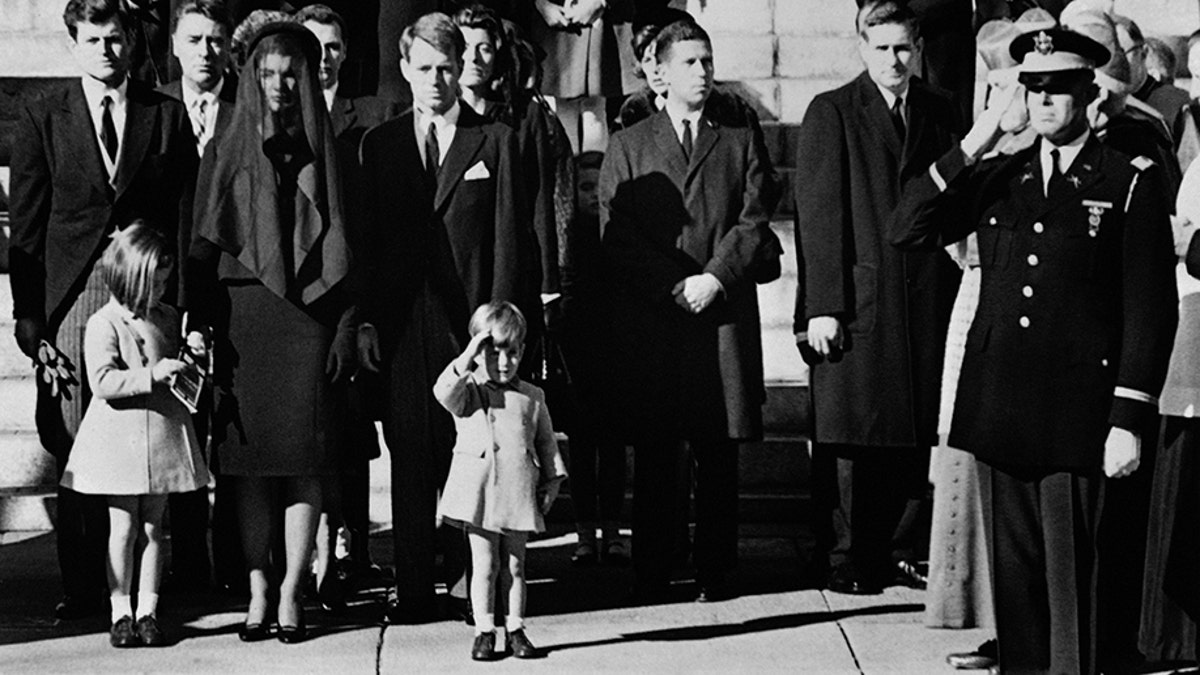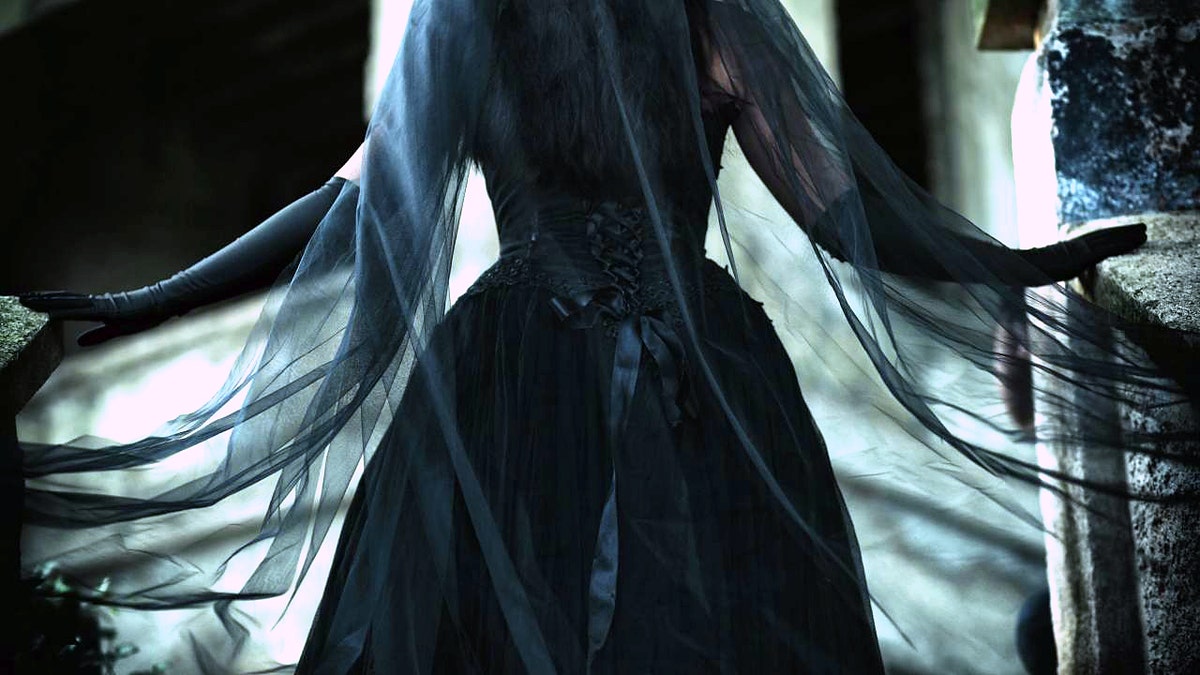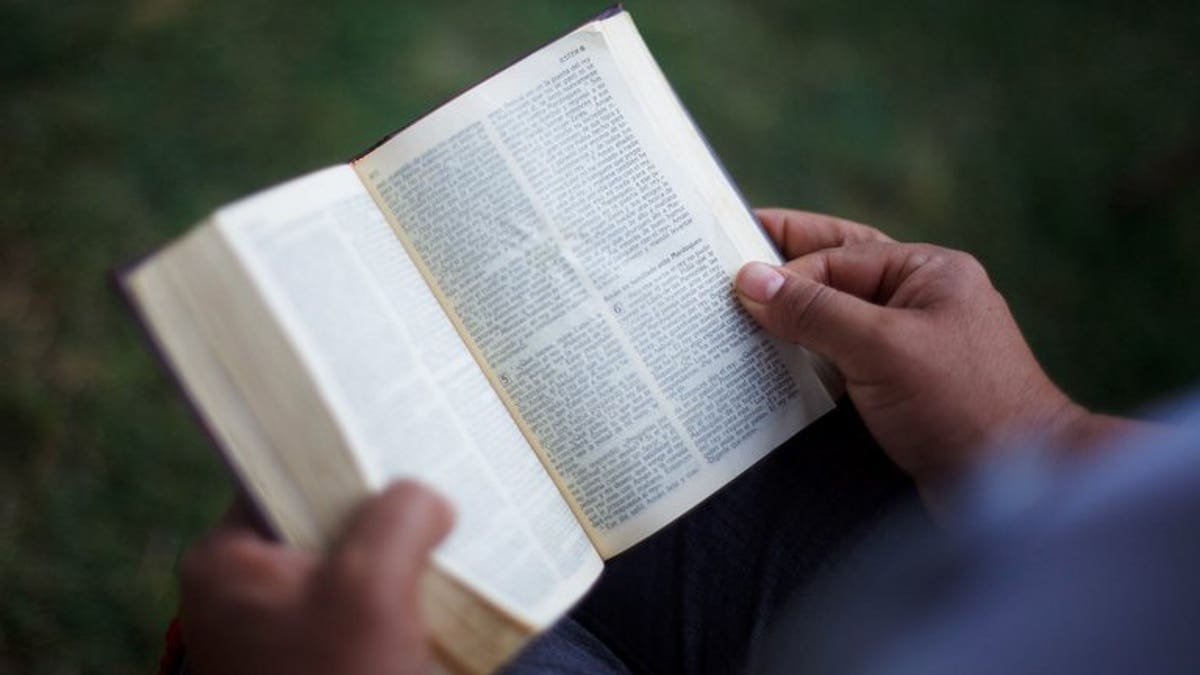Queen Elizabeth II lying in state at Westminster Hall
Fox News senior foreign correspondent Greg Palkot reports from London as mourners pay their last respects to the queen on 'Your World.'
Queen Elizabeth II, England's longest reigning monarch, died on Sept. 8 at age 96.
She is now lying in state at Westminster Hall, and her coffin will remain there until the morning of her funeral on Monday.
Ahead of the queen's funeral, female members of the royal family have been spotted wearing mourning veils as they attend various events in honor of the late queen.
A mourning veil is worn by someone who is grieving as a symbol of sorrow.
QUEEN ELIZABETH II: 10 FACTS AND STANDOUT MOMENTS FROM THE BRITISH MONARCH'S LIFE
Unlike other religious head coverings, which typically sit atop the head and cascade down the hair, mourning veils also cover the face of the wearer, the BBC pointed out.
Most mourning veils are made of a dark-colored lace or netting and are nearly transparent.

Kate Middleton, Princess of Wales, wore a mourning veil and a decorative brooch as she attended funeral events over the past week for Queen Elizabeth II. (Getty Images)
In the case of Queen Elizabeth II, it is tradition for bereaved family members of the royal family to wear a mourning veil to a state funeral, the BBC noted.
Mourning veils, however, are not just limited to royalty.
First lady Jacqueline Kennedy famously wore a mourning veil during President John F. Kennedy’s funeral and funeral procession in Washington, D.C., in November 1963.
While female religious head coverings are commonly associated with brides, vowed religious sisters and followers of Islam or Orthodox Judaism, there is a longstanding tradition of everyday Christian women covering their heads during worship, according to the Gospel Coalition, a faith website.
Mourning veils have unique symbolism and meaning dating back to the Bible's New Testament days, said Lily Wilson, owner of Veils by Lily in Kimmswick, Missouri.
"In 1 Corinthians 11, the apostle Paul instructs the early church at Corinth that women should cover their heads when praying or prophesying."
Christian adherents to head coverings cite the Bible verse 1 Corinthians 11 as their reason for covering their heads, Wilson told Fox News Digital in a phone interview.

A very young John F. Kennedy Jr., age 3, salutes his father's coffin in an image millions of Americans remember to this day. Widow Jackie Kennedy wore a mourning veil to the 35th president's funeral Nov. 25, 1963, in Washington, D.C., as she clasped the hands of her two young children. (Keystone-France/Gamma-Keystone via Getty Images)
"In 1 Corinthians 11, the apostle Paul instructs the early church at Corinth that women should cover their heads when praying or prophesying," she said.
"This instruction goes along with others meant to correct certain practices by the faithful during the early liturgy of the breaking of the bread, which was being carried out according to the command left by the Lord on the night before he died."
QUEEN ELIZABETH II'S FAVORITE DRINK WAS REPORTEDLY GIN AND DUBONNET: RECIPE
Christian veiling largely fell out of practice "around the 1960s" among Catholic and mainline Protestant denominations, Wilson explained.
However, it has started to make a comeback.
"In recent years, some Christian women have returned to the practice, especially in conservative Catholic parishes and certain Christian denominations," she said.
This includes the wearing of mourning veils at funerals.

A black wedding gown, in Victorian style, with a long, black flowing veil. The mourning veil is sometimes thought of as a shield to hide grief. (iStock)
"Customers who requested [mourning veils] appeared to be drawn to the privacy afforded by the lace that covered their faces," Wilson said.
"In years past, moreso than today, it was seen as undesirable to show emotion in public."
Mourning veils "served the dual purpose of giving privacy to the wearer in their mourning and covering the head according to the instructions of St. Paul in 1 Corinthians 11."
The Rev. Jeffrey Kirby, pastor of Our Lady of Grace Parish in Indian Land, South Carolina, said in an email interview with Fox News Digital that the Bible teaches that "a women’s hair is her glory."
When a woman was in public during biblical times, "she veiled her hair as a sign of modesty and, if married, as a sign of love and respect to her husband," he said.

According to 1 Corinthians in the Bible, the apostle Paul did not require all women to wear veils, just the women of Corinth, perhaps due to a lack of morals in that community, said the Rev. Jeffrey Kirby, pastor of Our Lady of Grace Parish in Indian Land, S.C. (Getty Images/AFP)
"Veils today can be worn, but they are not obligatory," he added. "Some women who wear veils insist on other women wearing them, but Saint Paul’s counsel was limited to the Corinthians, perhaps because of a lack of morals [in Corinth].
"He did not ask for veils to be worn in other Christian communities. Today, when veils are ceremonially worn by women, it is a sign of esteem to the other person. When veils are worn at funerals, it is a traditional and uniquely feminine act of deference to the person who has died."
CLICK HERE TO SIGN UP FOR OUR LIFESTYLE NEWSLETTER
For Wilson, veiling is "spiritually significant and enriching for our worship of God."
An evening dress from the 1890s worn by "history’s most famous mourner," Queen Victoria, was made of black taffeta and accompanied by a veil, according to the BBC.
CLICK HERE TO GET THE FOX NEWS APP
While the mourning veil was sometimes described as a sort of armor, Jessica Regan, assistant curator at the Metropolitan Museum of Art in New York City, told the BBC "mourning dress was also a form of public display, viewed by some women as an outer expression of inner feelings."


